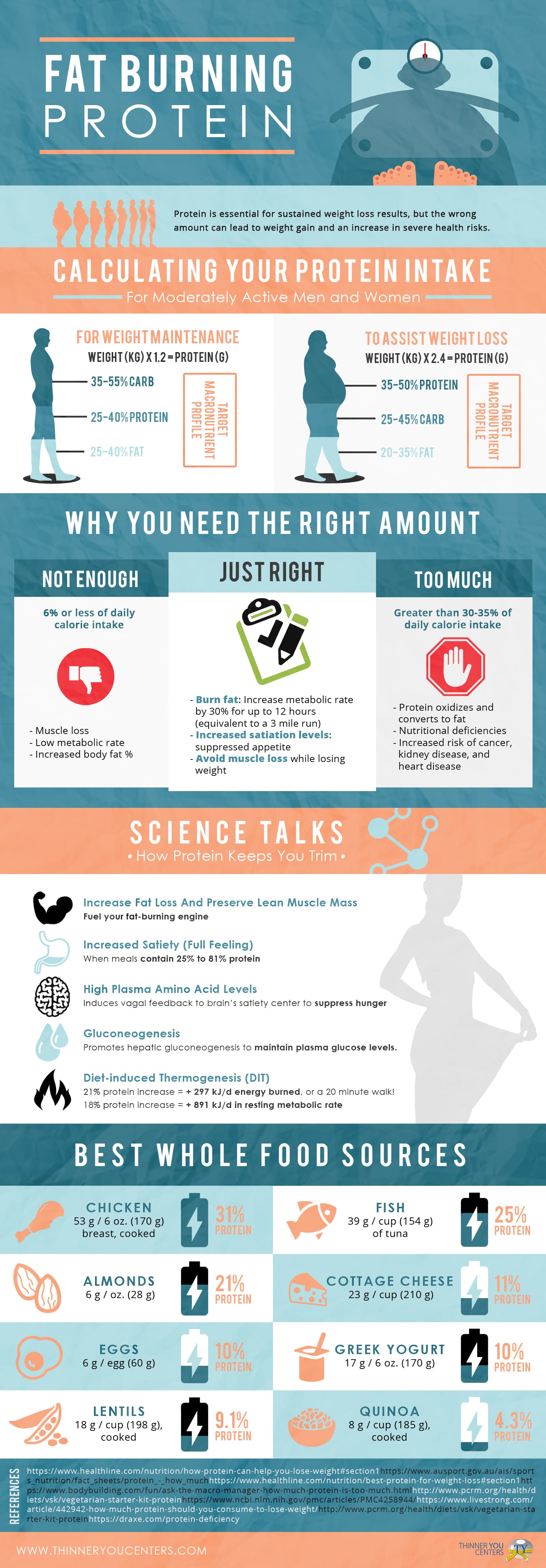Cold laser therapy is a useful device to help in pain monitoring and the healing process. It is usually utilized in sports medication, dermatology and acupuncture.
Cold lasers penetrate deep right into cells and advertise chemical modifications without warming them. They minimize inflammation and swelling, speed cellular activity and accelerate recovery.
Academic History
Unlike the high-intensity lasers that surgeons use to cut through tissue, cool laser treatment utilizes light-emitting diodes to penetrate right into your skin and promote recovery. As these photons get to broken tissues, they launch a domino effect that boosts your cells' manufacturing of enzymes and increases your body's natural healing procedures.
The photons additionally lower discomfort through the production of endorphins and raise your body's capacity to drain swollen areas by generating vasodilation (the expansion of blood vessels). Therefore, it helps you recuperate from bone and joint injuries and discomfort faster.
Many people have become aware of chilly laser treatment from their physiotherapist, chiropractic doctor or medical professional and might be asking yourself exactly how it functions. Unlike many laser tools utilized in the clinical field, which in fact heat up tissue, our modern equipment discharges cold laser light beams that do not cause any kind of heating of your tissues. This enables your body to obtain the therapeutic benefits without triggering any type of negative effects.
Medical Tests
Cold laser treatment is often suggested as a therapy option for individuals that have musculoskeletal pain and injuries. It can be utilized to lower inflammation, reinforce tissues and speed up the body's all-natural recovery processes.
Non-thermal photons of red and infrared laser radiation are absorbed by the light sensitive components in cells and launch an increase in intracellular metabolism that boosts cell recreation, reduces inflammation, eliminates edema and shortens recovery time.
Unlike the light that is created by sunshine or standard lights, laser light is parallel (all wavelengths travel parallel), systematic and single. These residential or commercial properties enable laser energy to permeate much deeper right into the cells.
Numerous professional trials have revealed that LLLT can be effective in minimizing discomfort in the bone and joint system. Nevertheless, more well-designed research studies are required to review the optimum settings for laser irradiation and to determine its effectiveness in specific conditions, such as oral mucositis in cancer cells patients receiving chemotherapy or radiotherapy, and wound recovery (including diabetic trigger point cold laser ulcers following hammertoe surgery). This Aetna policy bulletin does not address other uses LLLT, consisting of the therapy of numerous skin diseases.
Conclusions
Unlike surgical lasers that can destroy tumors or coagulate tissue, cold laser therapy does not warm the body's cells. Rather, the light boosts your cells to create adenosine triphosphate, which accelerates the repair service process of hurt tissues.
Aetna considers low-level laser (LLL) therapy medically necessary for the avoidance of dental mucositis connected with cancer treatment (chemotherapy, radiation treatment, hematopoietic stem cell transplant) and non-cancer treatments (such as radiodermal injury, fibromyalgia). Several studies revealed that LLT can be reliable in minimizing PU signs without adverse results. Nonetheless, differences in study designs and laser dosimetry made contrast of the results difficult; RCTs with reduced danger of bias are required. Using a 660 nm wavelength and higher power thickness appears to be extra efficient than the other researched laser wavelengths. This could be since the other wavelengths may boost inflammatory processes and create even more adverse effects. The effect of the sort of laser utilized is also crucial; the authors recommend that future research study focus on examining different sorts of lasers and their doses to determine the optimum combination of laser parameters for PU avoidance.
Suggestions
Cold laser treatment is utilized by dental professionals to treat irritated gum cells, doctors to reduce pain brought on by rheumatoid arthritis, and physiotherapists to speed up the healing of muscle mass, tendon, and tendon injuries. Numerous clinical insurance policy plans cover this treatment.
Unlike warm lasers, which have a thermal effect on cells, chilly lasers (also called low-level lasers) boost the cellular power of the skin. Photons from the laser light permeate right into the cell, setting off a collection of chemical changes that advertises regeneration and decreases swelling.
In order to be effective, lasers need to be properly configuration and made use of. This is why it is not recommended to acquire a low-cost over-the-counter laser gadget and attempt to treat yourself in your home. An experienced specialist is needed to ensure that the gadget is made use of correctly to reduce the threat of eye injury and optimize its effectiveness. The laser gadget have to be adjusted to the appropriate setup, intensity, frequency, and setting of the laser on the therapy area.
